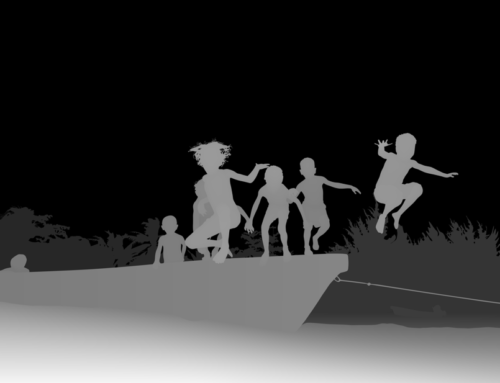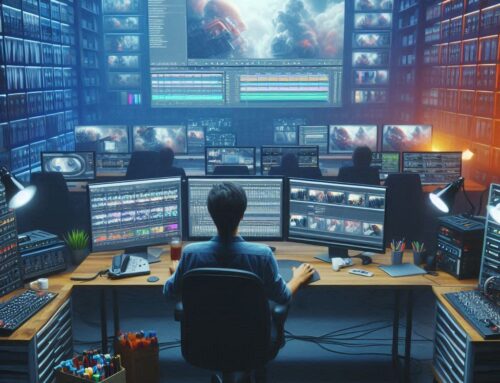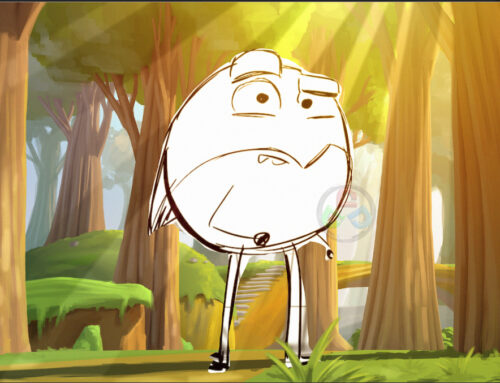Illuminating the Cinematic Canvas: The Trifecta of Lighting Render and Composition
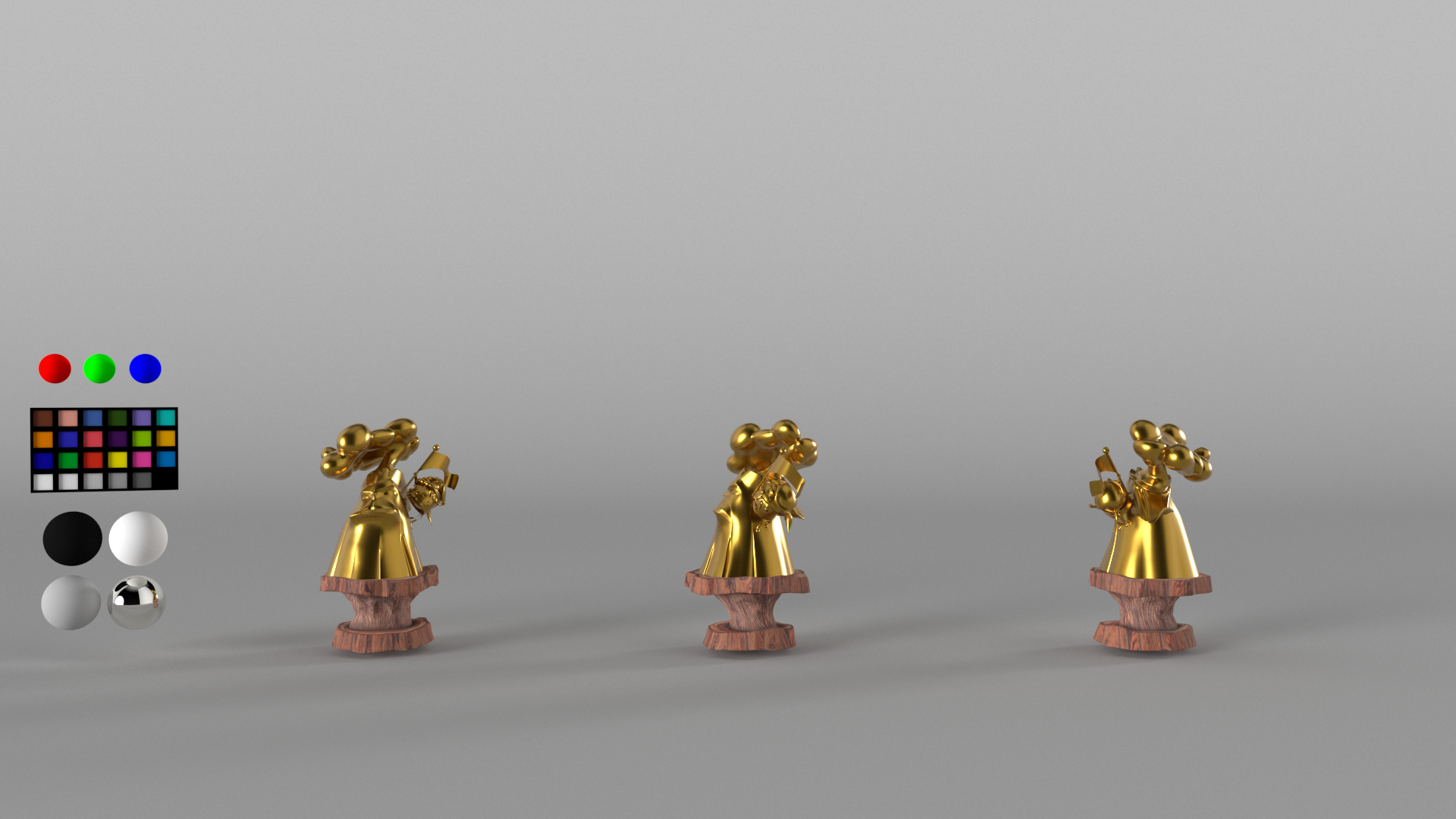
Lighting Render and Composition
In the mesmerizing world of visual storytelling, the artistry of lighting, render, and composition collectively orchestrates a symphony that elevates cinematic experiences to new heights. This blog unravels the significance of the trinity – Lighting Render and Composition – delving into the intricacies of each element and how they converge to craft unforgettable visuals on the silver screen.
Lighting: Painting with Shadows and Light
Lighting is the maestro that shapes the visual narrative, setting the tone, mood, and atmosphere of a scene. Whether it’s the soft glow of a romantic sunset or the harsh shadows of a suspenseful thriller, lighting has the power to evoke emotions and guide the viewer’s attention.
Key Aspects of Lighting:


- Ambient Lighting: The overall illumination that establishes the baseline lighting of a scene, setting the mood and general visibility.
- Key Light: The primary light source that highlights the main subject, creating depth and defining contours.
- Fill Light: Secondary light sources that soften shadows created by the key light, providing additional illumination to the scene.
- Backlight: Placed behind the subject, backlight adds depth and separates the subject from the background.
- Practical Lighting: The integration of natural or artificial light sources within the scene, such as lamps, candles, or windows, for a realistic and immersive feel.
Render: Bringing Imagination to Life
Render refers to the process of generating the final images or frames from a 3D scene. It involves calculating the interaction of light, materials, and textures to produce a visually stunning and realistic result. The rendering process can significantly impact the visual appeal and believability of a scene.
Key Aspects of Render:
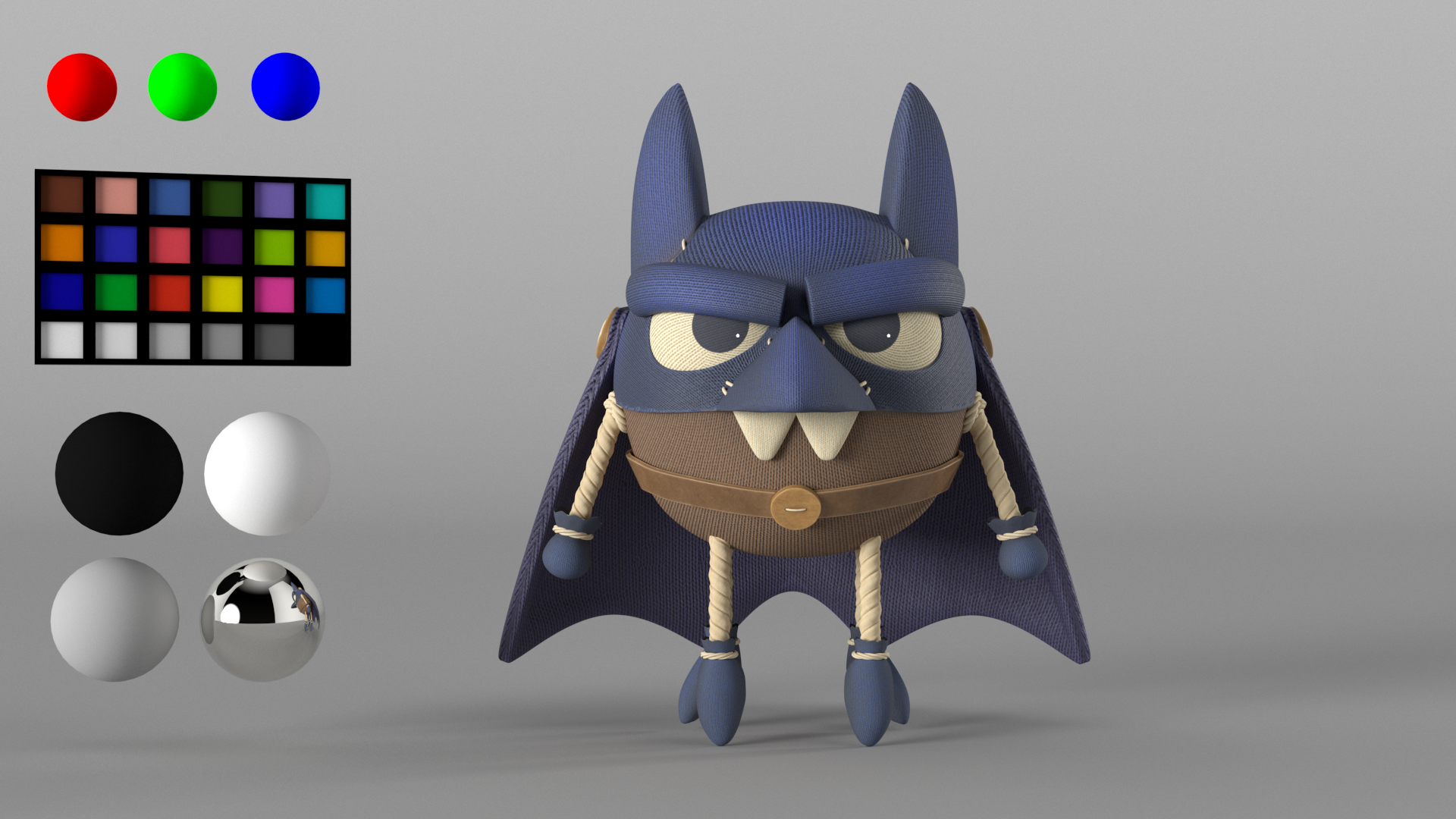
- Ray Tracing: Simulating the path of light rays as they interact with surfaces, producing realistic reflections, refractions, and shadows.
- Global Illumination: Mimicking the indirect lighting that occurs in real-world environments, enhancing the overall realism of the scene.
- Texture Mapping: Applying detailed textures to 3D models to simulate surfaces like skin, fabric, or metal.
- Shader Effects: Implementing advanced shading techniques for effects such as subsurface scattering, which mimics the way light penetrates and scatters within translucent materials.
- Frame Rate and Resolution: Determining the smoothness of motion (frame rate) and the clarity of details (resolution) in the final output.
Composition: Framing the Narrative
Composition is the art of arranging visual elements within a frame to create a harmonious and aesthetically pleasing image. It encompasses the placement of subjects, use of framing techniques, and consideration of visual balance.
Key Aspects of Composition:
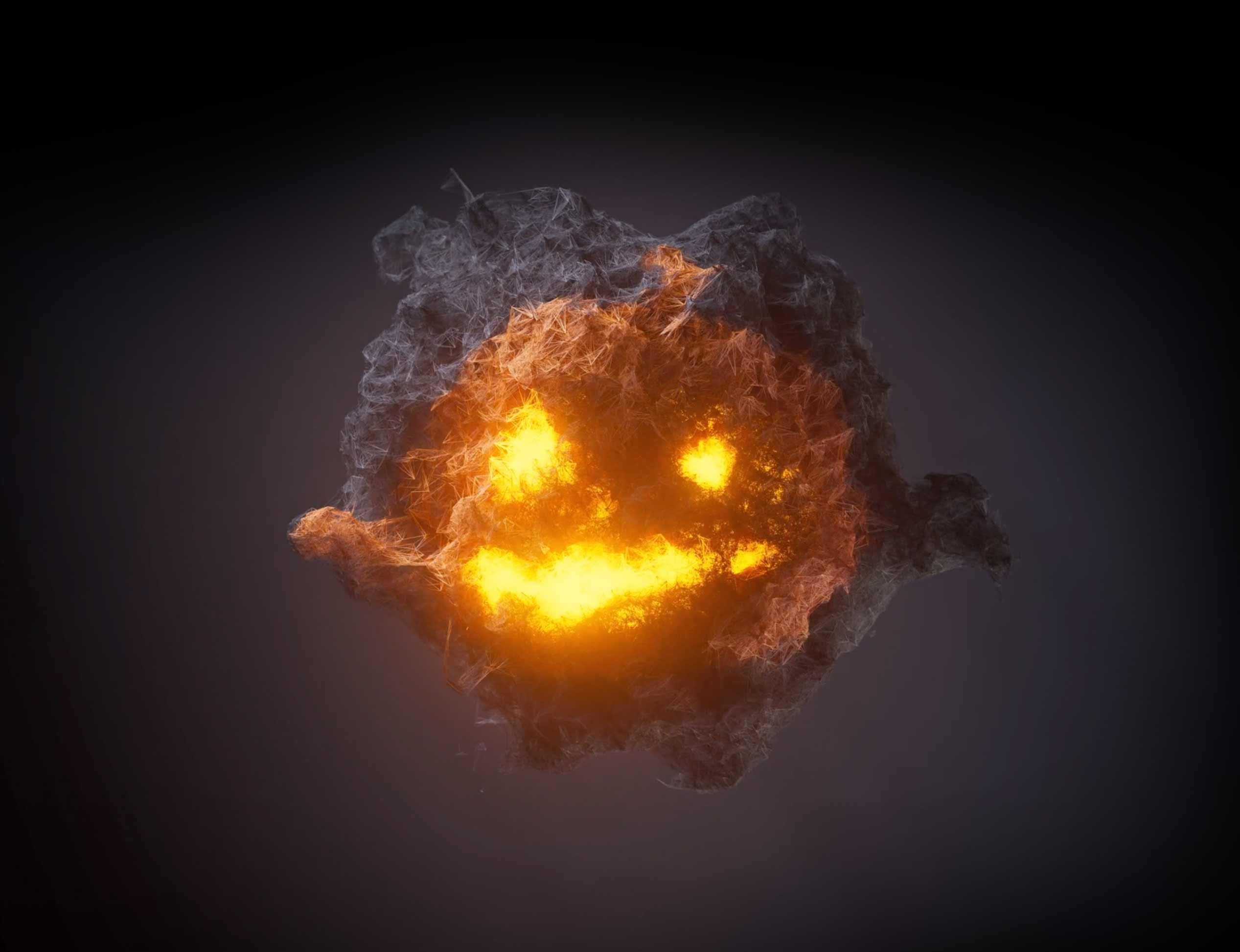
- Rule of Thirds: Dividing the frame into a 3×3 grid and placing key elements along the grid lines or intersections for balanced composition.
- Leading Lines: Guiding the viewer’s gaze through the image using lines, shapes, or patterns that lead towards the main subject.
- Depth of Field: Controlling the focus to emphasize the main subject while blurring the background or foreground, adding depth to the composition.
- Symmetry and Asymmetry: Choosing symmetrical or asymmetrical arrangements to create visual interest and convey a sense of balance or tension.
- Foreground and Background: Incorporating layers within the frame to establish depth and enhance the three-dimensional feel of the scene.
The Harmonious Convergence:
The true magic unfolds when lighting, render, and composition converge seamlessly. A carefully lit scene, rendered with meticulous attention to detail, comes to life within a thoughtfully composed frame, forming a visual masterpiece that resonates with the audience.
Follow our Newsletter on LinkedIn
Conclusion:
As storytellers continue to push the boundaries of cinematic expression, the trinity of Lighting, Render, and Composition stands as the cornerstone of visual artistry. From the evocative play of light and shadow to the meticulous rendering of fantastical worlds and the deliberate composition of each frame, these elements collaborate to craft the unforgettable visuals that captivate audiences and leave an indelible mark on the canvas of cinematic history.

